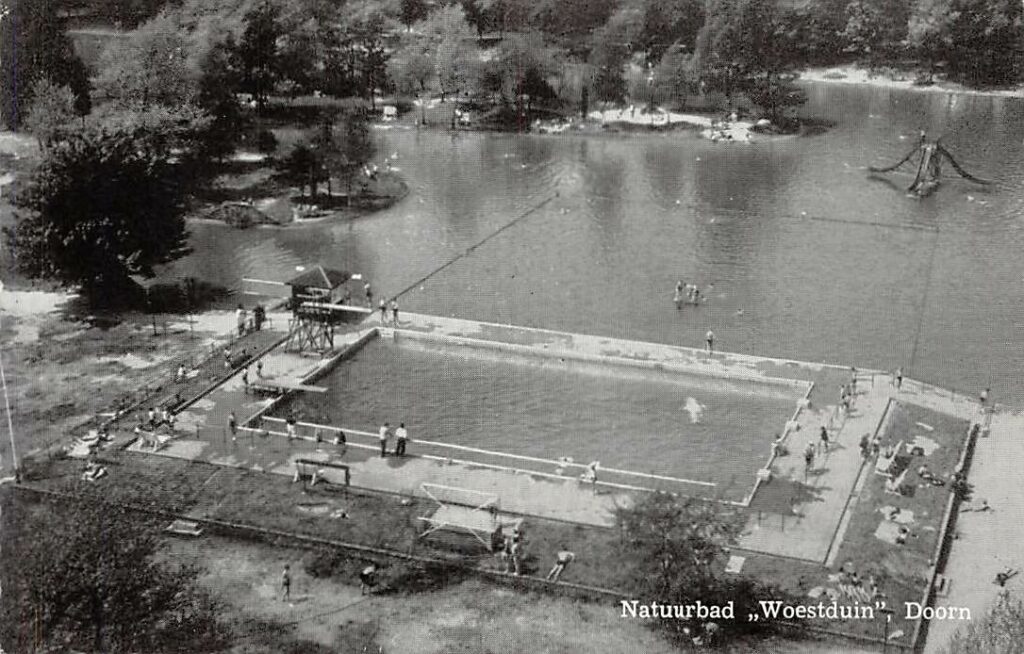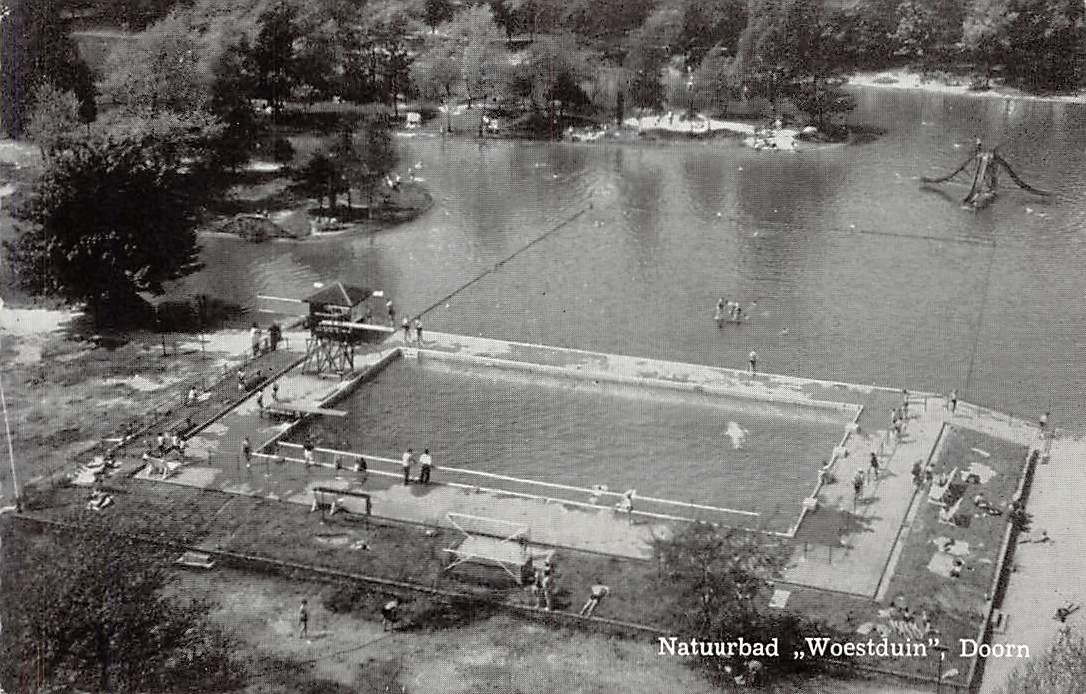Table of Contents
Start notes
- It has come to my attention that there are still a lot of pool maintainers using outdated methods.
- By partnering with such people, you are not only failing yourself financially, you are also endangering the swimmers with potentially a pool full of pathogens and toxins.
- Someone who has a saltwater system would do well to look into the matter so that responsible management can be carried out.
The cabana boys
The cabana boys, the pool maintainers, drive around in pickup trucks. You recognise them immediately because these fast twentysomethings drive dangerously and there is always a huge cleaning pole sticking out of the cargo space.
You see that the cabana boy is scrubbing your pool. Next, you notice that he is remarkably attentive to your daughters. They act a little giggly because they also like him with his six pack and tanned skin. The moment your wife asks him to rub some sun cream on her back, the alarm bells should start ringing. It is time to get rid of him and find a new one, after which the whole circus starts all over again.
But to be perfectly honest, I don’t care that much what happens in the private sphere. More important to me is how well the cabana boy can keep the pool clean and that is a good time to delve briefly into history.
Swimming pool evolution
In 1971 – more than half a century ago – I was invited to a holiday home in France by a friend. The swimming pool – nothing more than a 30-metre long concrete tub of water with no pump – was a drama full of leaves and algae after a year. First cleaning with nets. Next, bags of chlorine went in. But the algae were persistent. Although I was 10 years old, I had read about ships that had copper plating in ancient times and knew that copper sulphate worked against algae. For a fortune, copper sulphate was bought from a local pharmacy and so that problem too was solved. With today’s knowledge, I advise against it to everyone.
In the beginning there was a pool, a natural pool, and it was not uncommon to catch diseases from it. Today, swimming in natural water is still not entirely without risk. Adding chlorine to swimming pools made its appearance and that was three steps forward and one step back: Half a century ago, swimming pools were chlorine-smelling pits from which you never came out without red eyes. Diarrhoea as a sequel was common.

With today’s knowledge, you could argue that the cause was “off the chart” trichloramine levels and inadequate disinfection. In the years that followed, processes were refined, We learned about links between pH and disinfection levels of chlorine, how to buffer that pH, how cyanuric acid in the right amount is an excellent additive and so on. Last but not least, we can trace back several diseases to bad quality of swimming pool water.
Cabana boy 2.0
And there is the new one. He carries a plastic container with testing equipment. Then he runs some tests and addresses your daughters, asking them to leave the pool immediately. No giggles, they don’t like this cabana boy at all.
Then he turns to you and tells you that the cyanuric acid level is over 160 ppm and that WHO classifies 100 ppm as toxic. You cannot swim in such water and that is why he sent your children out of the pool. You tell him that the chlorine levels were always very good so it won’t be that bad. Then he explains to you that at such cyanuric acid levels, chlorine has almost completely lost its effect.
It becomes a long conversation and a good plan of action follows. He asks you to read The ultimate salt water pool maintenance sheet. Together, a plan is made and worked out. On balance, this pool maintainer is a lot cheaper, no more hours of scrubbing to remove algae and the cost of chemicals has gone down considerably.
